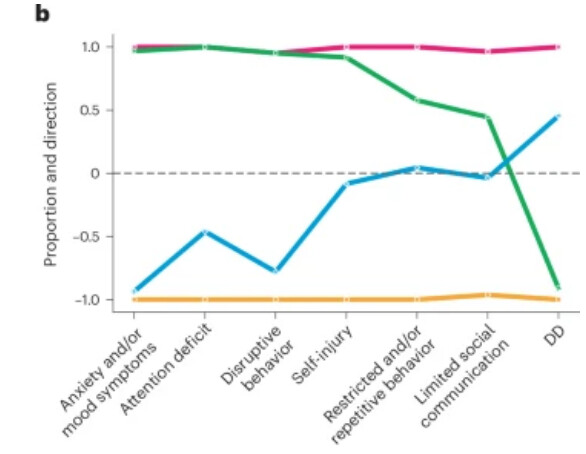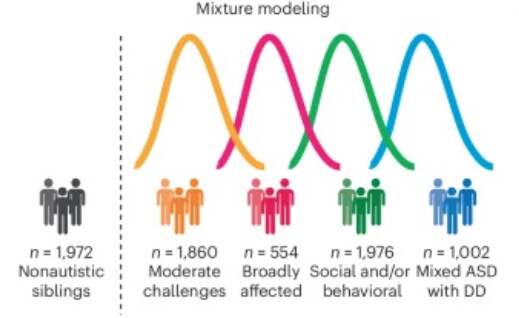I had double majors in Chemistry and Biology in college but I also took a number of non-science classes for entertainment. (I think they were also required but I thought of them as dessert.)
One of these classes was Psychology 101. One topic in the section on abnormal psychology was autism. The professor showed a video of several autistic boys who showed the same unusual behaviors – repetitive motions, watching phonograph records circle for long periods of time, self-harm (hitting their head against the wall), being emotionally distant from their mothers and other unusual symptoms which were the same for all of them.
According to the professor, autism was caused by emotionally-distant “refrigerator mothers.” I strongly disagreed. I told him that autism is clearly caused by genetics. The problem was that psychologists didn’t know enough about biology to recognize this. (Incidentally, I got an “A” in the course because anyone who can learn organic chemistry can easily memorize psychology – piece of cake.)
Nowadays, of course, it’s clear that autism is, indeed, caused by genetics.
A recent large study ( n = 5,392 autistic people along with 1,972 non-autistic siblings) discovered four classes of autism in which phenotypes of autism are associated with genetic differences. This is a “person-centered” approach which uses combinations of factors instead of focusing on a single factor.
https://www.nature.com/articles/s41588-025-02224-z
As observed clinically, classes differed not only in severity of autism symptoms but also in the degree to which co-occurring cognitive, behavioral and psychiatric concerns factored into their presentation. Factors included limited social communication, restricted and/or repetitive behavior, attention deficit, disruptive behavior, anxiety and/or mood symptoms, developmental delay (DD) and self-injury.
We identified one class that demonstrated high scores (greater difficulties) across core autism categories of social communication and restricted and/or repetitive behaviors compared to other autistic children, as well as disruptive behavior, attention deficit and anxiety, but no reports of developmental delays; this class was named Social/behavioral (n = 1,976).
A second class, Mixed Autism Spectrum Disorder (ASD) with developmental disabilities (DD) (n = 1,002), showed a more nuanced presentation, with some features enriched and some depleted among the restricted and/or repetitive behavior, social communication and self-injury categories and overall strong enrichment of developmental delays compared to both nonautistic siblings and individuals in other classes. The Mixed ASD with DD class was highly enriched in language delay, intellectual disability and motor disorders.
Moderate challenges (n = 1,860) scored fewer difficulties and consistently higher than other autistic children across all seven categories but worse than their non-autistic siblings.
Broadly affected (n = 554) showed significantly higher reported levels of cognitive impairment, lower levels of language ability and much earlier ages at diagnosis.
Differences in phenotypes, co-occurring diagnoses and developmental milestones across the four autism classes correspond to class-specific patterns in genetic signals for common variants. Molecular pathways affected by the patterns of genetic variation observed across phenotypic classes suggested different underlying biological mechanisms. Genes affected by variants in each ASD phenotypic class were associated with unique patterns of gene expression trajectories throughout brain development.
[end quotes]
This is a fascinating study that shows the genetic associations with specific classes of autism.
Early intervention could be more effective if targeted at the specific class that affects a child.
The increasing diagnoses of autism make this an important topic.
The study did not address possible environmental impacts on symptoms that could be interpreted as autistic.
Wendy

